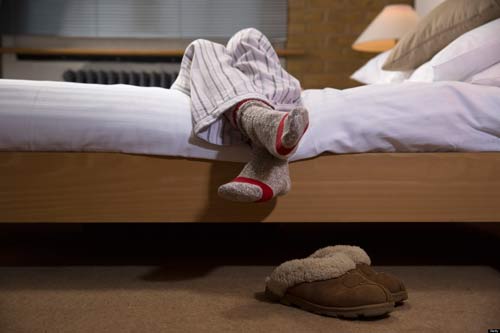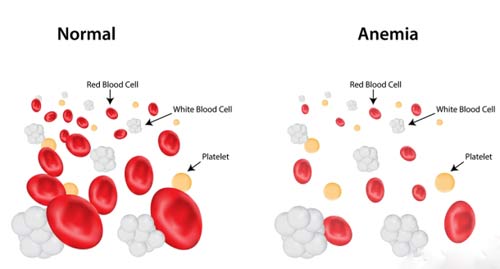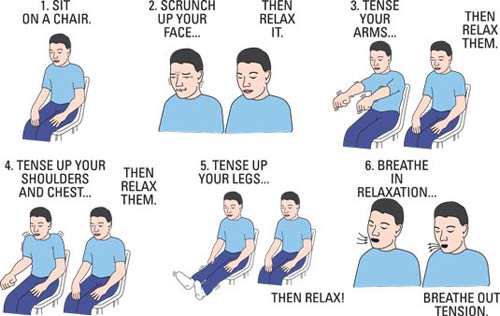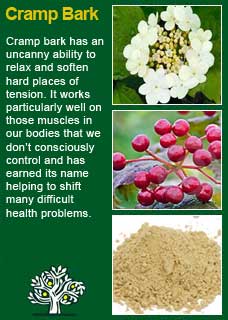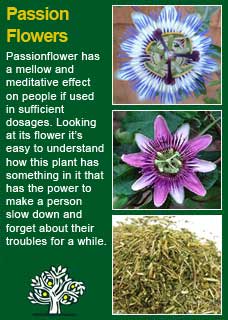
|
|
|
||
| Our Pages ABOUT CONSTITUTIONAL MEDICINE
|
Restless legs, which is an almost irresistible urge to move the legs or other body parts, affects many people, perhaps up to 1 in 10 people have it to some degree. If it is impacting on sleep and life to such an extent that a person seeks medical help, typical pharmaceutical options include the dopamine drugs used for Parkinson's disease, and/or potent opioid or Valium type drugs. If the condition is so bad as to need such medications, then at least the use of something like St Mary's thistle will help to reduce the potential for harm from the drugs (more about this important herb here). In any case, as everyone knows, all powerful medications have significant side effects and many people would prefer a more natural or lasting solution as discussed below and, at least some of what follows, may also help a person with involuntary movements from other conditions. There is no lab-test to diagnose restless legs -- you have it if you say yes to the following 4 questions: 1) do you get 'odd' feelings which give you an almost irresistible urge to move your legs and/or arms? 2) do you get these feelings significantly more at night than in the morning? 3) do you get these feelings more when you start lying still, relaxing or going to sleep? 4) can you relieve these feelings by moving your legs or other areas that are affected?
About 20% of people with restless legs can significantly improve by simply getting their blood ferritin, i.e. their iron stores, up to a satisfactory level. A good level to get to is at least 50 µg/L but it would be even better to be over 80 µg/L. To complicate this subject further, it has been found that up to three quarters of people with the restless legs syndrome have higher than usual iron stores! There are ongoing studies to find out why the brain of people with the restless legs syndrome seem to process iron differently, genetic associations show promise for a better understanding but are still ongoing. No-one knows why most people who suffer from restless legs have higher than average iron stores, also no-one really knows why taking iron helps improve the problem in 1 out of 5 people either but, in any case, it is better to start with a test for iron rather than assume you should start a treatment with it. Taking extra iron when you already have more than enough may not be good for you. If it' turns out that your iron levels are low, there is a good chance that you will improve with some treatment however, if pharmaceutical iron binds up your bowel, as it does with many people, then use an organic iron supplement and, with such products, even if the label says to just take one a day, take at least 2 or 3 a day to get the levels rising in a reasonable time-frame. On a reasonable dose, your restless legs symptoms should start to noticeably improve within two weeks if an iron deficiency is the core of the problem.
You will also find endorsements for using Magnesium to treat restless legs. It may be worth conducting a test on this for yourself, whereby you take a product that provides at least 200mg of elemental magnesium a day. However, if you don't respond with significantly reduced symptoms within a week, then continued use is unlikely to help. Magnesium will either help a lot or not at all. Further to specific deficiencies, the general quality of a person's diet clearly has a deep effect on their health in all regards and, if you need to give the subject of nutrition more attention, there is an article that covers much of the essentials found here
For some people, there is good evidence to link the restless legs syndrome with problems involving blood-flow through the veins of the legs. The likelihood of this being a key issue is much higher if there are other signs of circulatory weakness, such as having varicose veins or a pronounced tendency towards cold feet. This is a problem that may be particularly helped with Horse-chestnut and Hawthorn. If 'venous insufficiency' is the main reason for the restless legs then the herb Horse-chestnut is highly likely to be able to help but it needs to be taken patiently for a certain result, read more about it here The treatment with Horse-chestnut will work faster and be more holistic if the centre of operations, the heart, is being cared for at the same time, and nothing works better in this regard than Hawthorn. These two herbs have been seen to be of much help to some people with restless legs but you cannot expect fast results. A minimum of two months' treatment may be necessary before you can assess if they are making a significant difference and then, even if they are, you may need to keep taking them longer, maybe as long as 6 months or more, before you can stop them without the condition coming back. In our clinic, we make our own tinctures from raw material and, the right dosage being such a critical part of the success of any herb or drug, it is impossible to equate the dosages we use of our herbs to another Horse-chestnut or Hawthorn product. That said, by way of example and to show that quite substantial doses may be required, a typical treatment program with these herbs could be:
The Licorice is there for taste and to make it easier to digest the Horse-chestnut in particular, someone with an aversion to Licorice or who shouldn't take it could use Peppermint or Fennel extracts instead. This formula would make a large bottle of 520mls and would take 2 months to complete with a typical adult dose of 10mls once a day.
If a nutrient deficiency or a circulation problem is not the core issue behind the restless legs, then the next most important area to consider is the possibility that you are simply holding too much tension in your body and, if this is the case, be sure to let nature take the first step to help. People do not all respond the same to any substance but, that said, two herbs that may certainly be worth trying for a restless legs syndrome that have a strong tension association are:
There are many other potential allies for relaxation in the herbal kingdom. Delving deeper into constitutional medicine (a subject that is further introduced at the end of this page) may help guide you towards the herbs that will most likely work well for you.
A brief summary of the method is to take a deep breath in, hold the breath, and then tense the area you are working on as hard as you can. Keep holding the breath and squeeze the area as tight as you can. The stronger you tense it up the better. When you can't hold your breath any longer, you let the air go suddenly and, at the same time, release all the tension in the area you have been making tenser.
Progressive muscle relaxation always works but it's not for everyone. There are other, somewhat gentler exercises, demonstrated in some relaxation commentaries found here You also may already know that stretching helps to relieve the restless legs syndrome. Any kind of stretching will help but if you want to explore this subject in depth then consider going to a place where stretching is the name of the game, i.e. a yoga class. If you have reason to believe that the restless legs are a part of a general condition of excess anxiety, then read the detailed article here
Finally, you might benefit from learning about your constitution to know what kind of foods, herbs, exercises etc. will work especially well for your health in general.
Please understand that I cannot personally advise you without seeing you in my clinic. |
|
|
© 2011 R.J.Whelan Ltd
